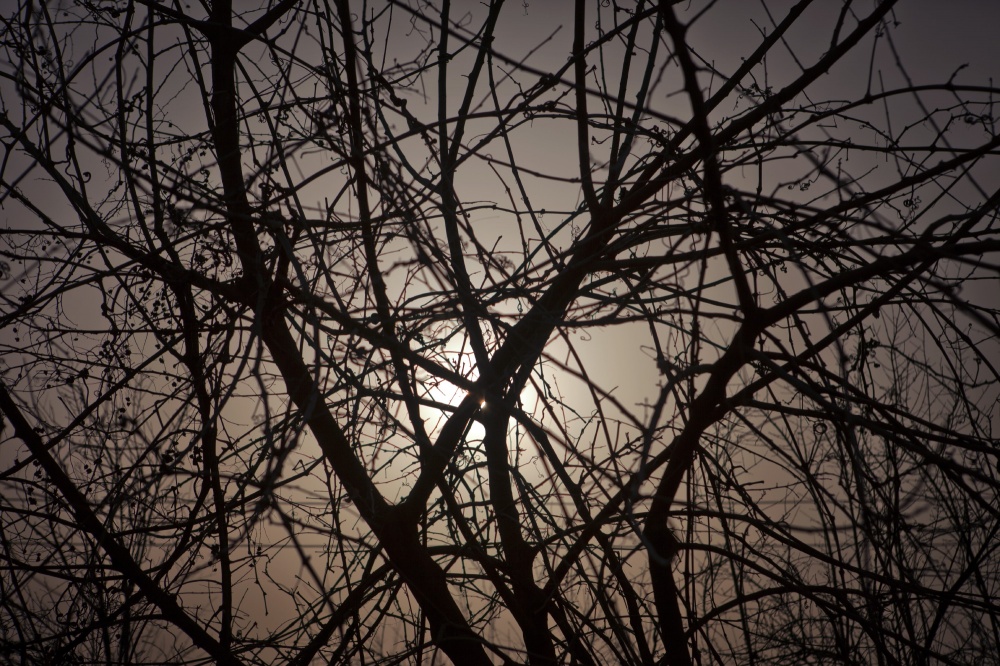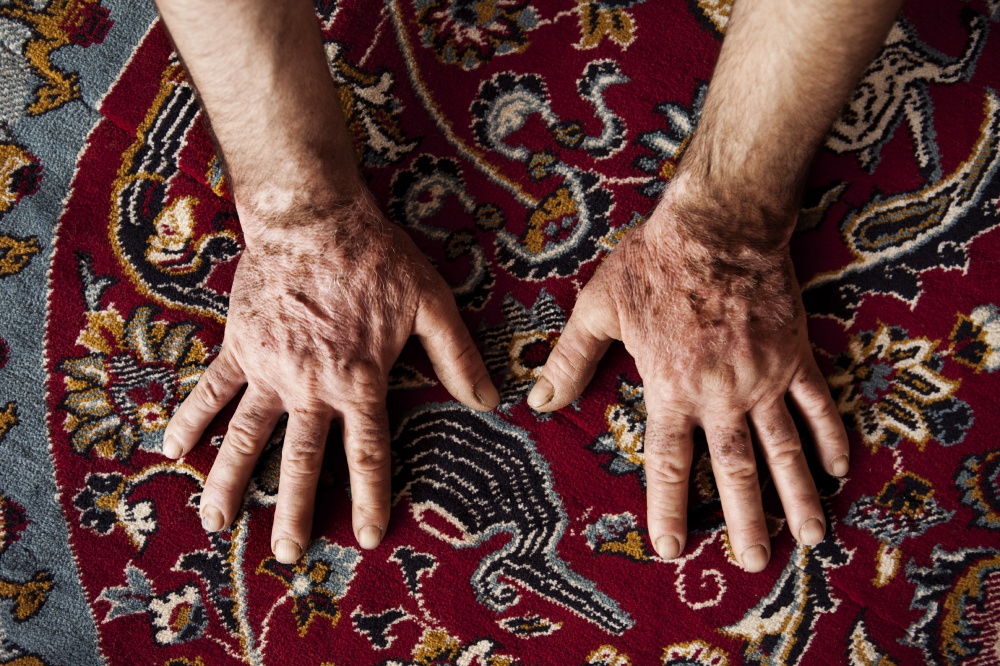I did not really know what to expect from my trip in Halabja. Colleagues who had been there before told me that the traces of the attack where no longer there and that a visual story would have been really hard to make.
On the other hand I felt guilty because of my morbid curiosity. I was searching for the hidden horror of a crime and a way to aptly display it.
Halabja, whilst we consider what’s on going in Syria, still remains as, of today, the most terrible chemical attack made on civilians. It is even more shocking as one thinks that Saddam attacked Kurds, yes, but ultimately the Iraqis too, his own people. The sadistic dynamic and the nature of the attack, designed to kill only the living things, is to say the least, sinister.
When Gabriele, my friend and colleague journalist and I got there we felt immediately a great need from the survivors and the members of the association to talk and tell their story. However, they are all very composed in their manner, almost too shocked to offer another, stronger, reaction.
The reason is probably that Halabja and its victims never really digested and got over what happened. They are trapped in that memory. Their wounds are still there. The children that are born still get sick. Most survivors are still undergoing treatment.
The city presents itself as defeated. The sculpture everywhere isn’t displaying grandeur, or victory, or warfare, as any other Kurdish sculpture or monument does. They show dying men and women, because the photographs taken that day inspired them.
So far there is no comprehensive study showing a cause-effect relation between the chemical attack and the high number of congenital defects or blood cancer we have been registering among kids here. But most of the victims in Halabja are certain that direct exposure of parents to the gas, and then to contaminated soil and water, has caused a high number of miscarriages and children suffering from severe diseases.
The absence of official data is in contrast to the German Center’s anecdotal evidence, including at least 50 recent cases of birth defects.
Every kind of gas may have two kinds of effects on the human body. The direct ones are clear: glaucoma and cornea damage, degenerative lung illnesses like fibrosis, skin scars or cancer, and psychological disorders. Then there are the long-term effects. According to medical literature, gases can increase the risk of birth defects and cancer. And they might cause genetic mutations in the victims, which can be transmitted to the second and even the third generation.

































